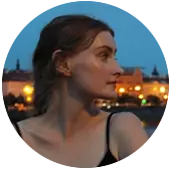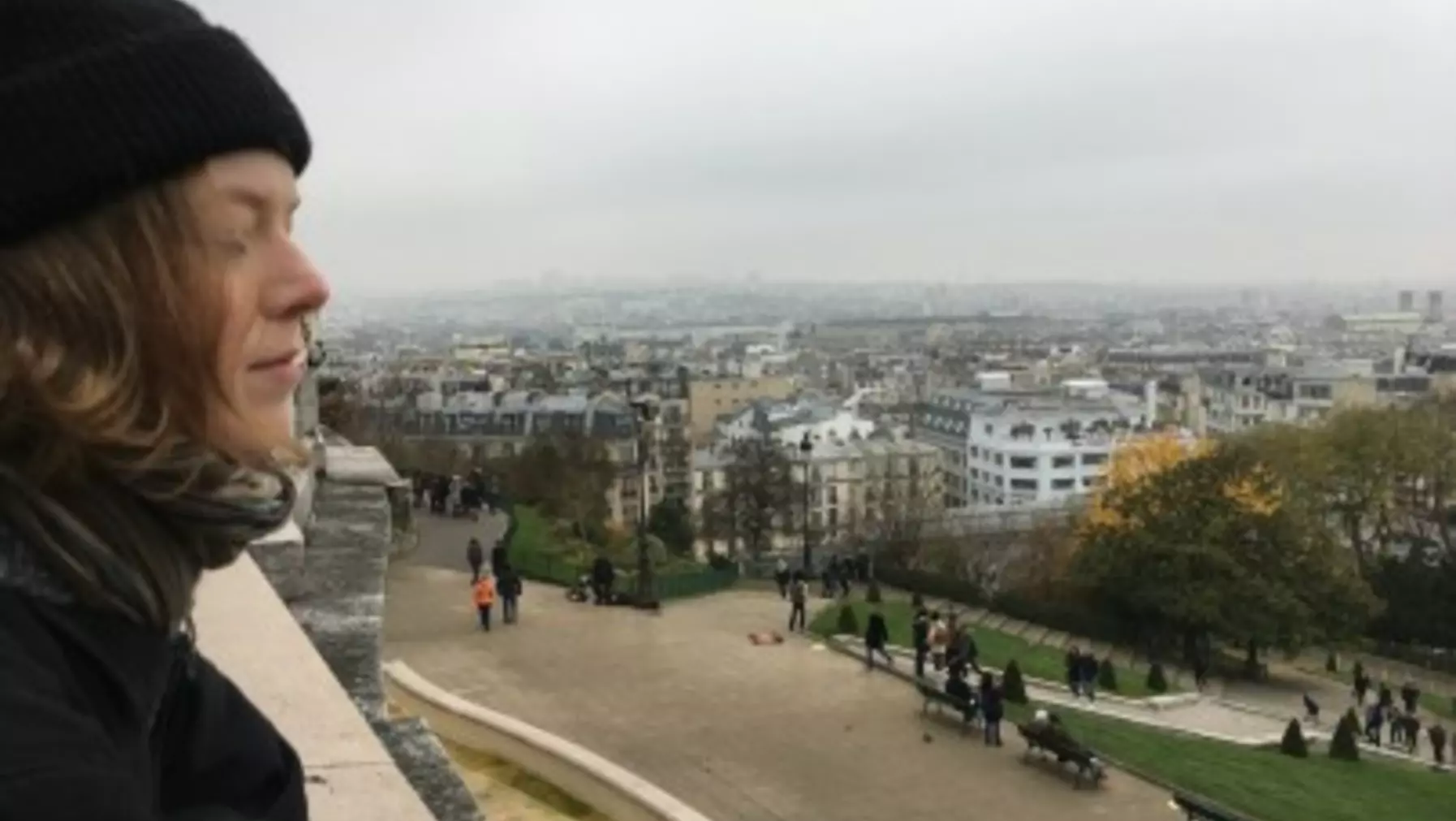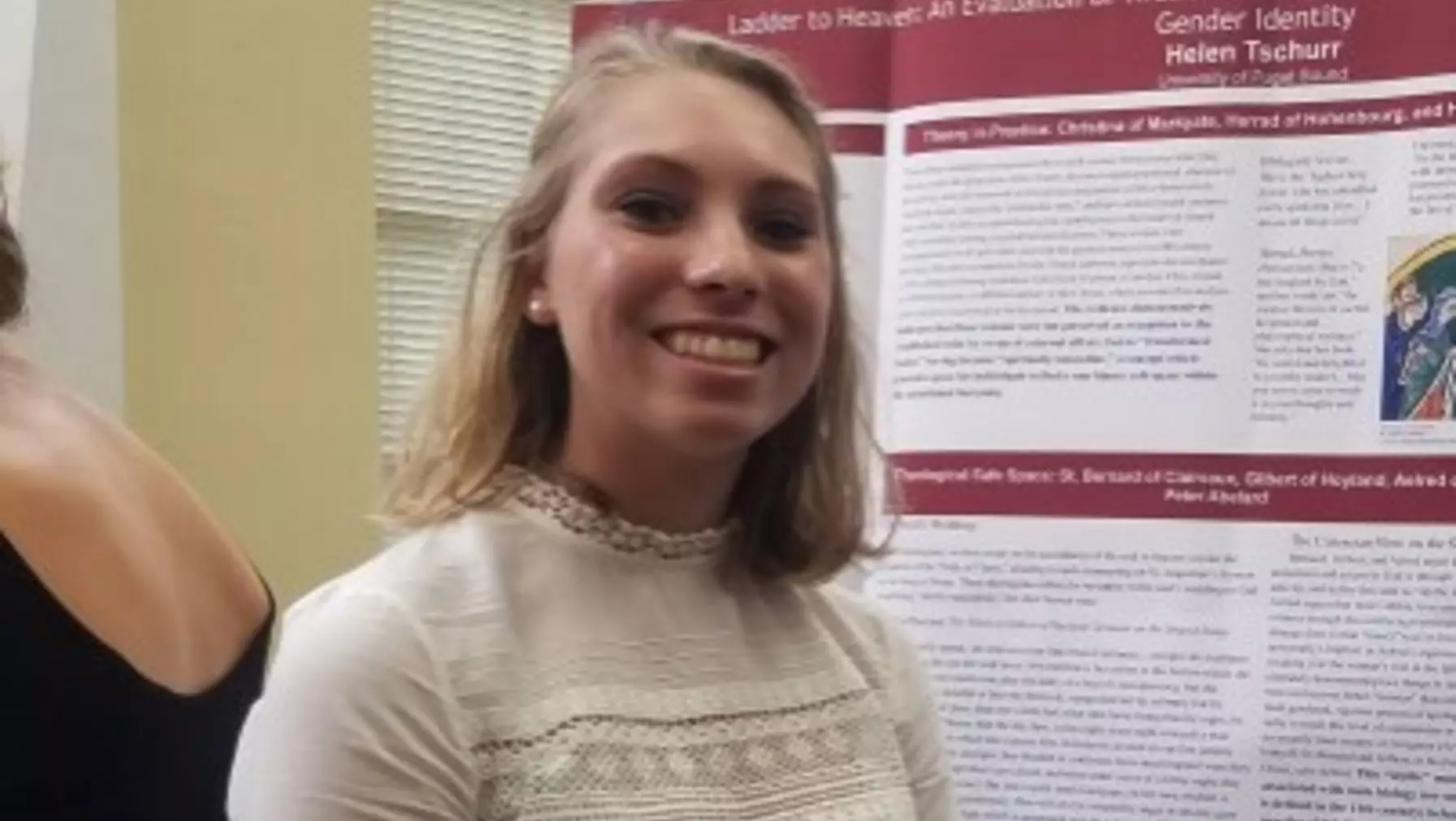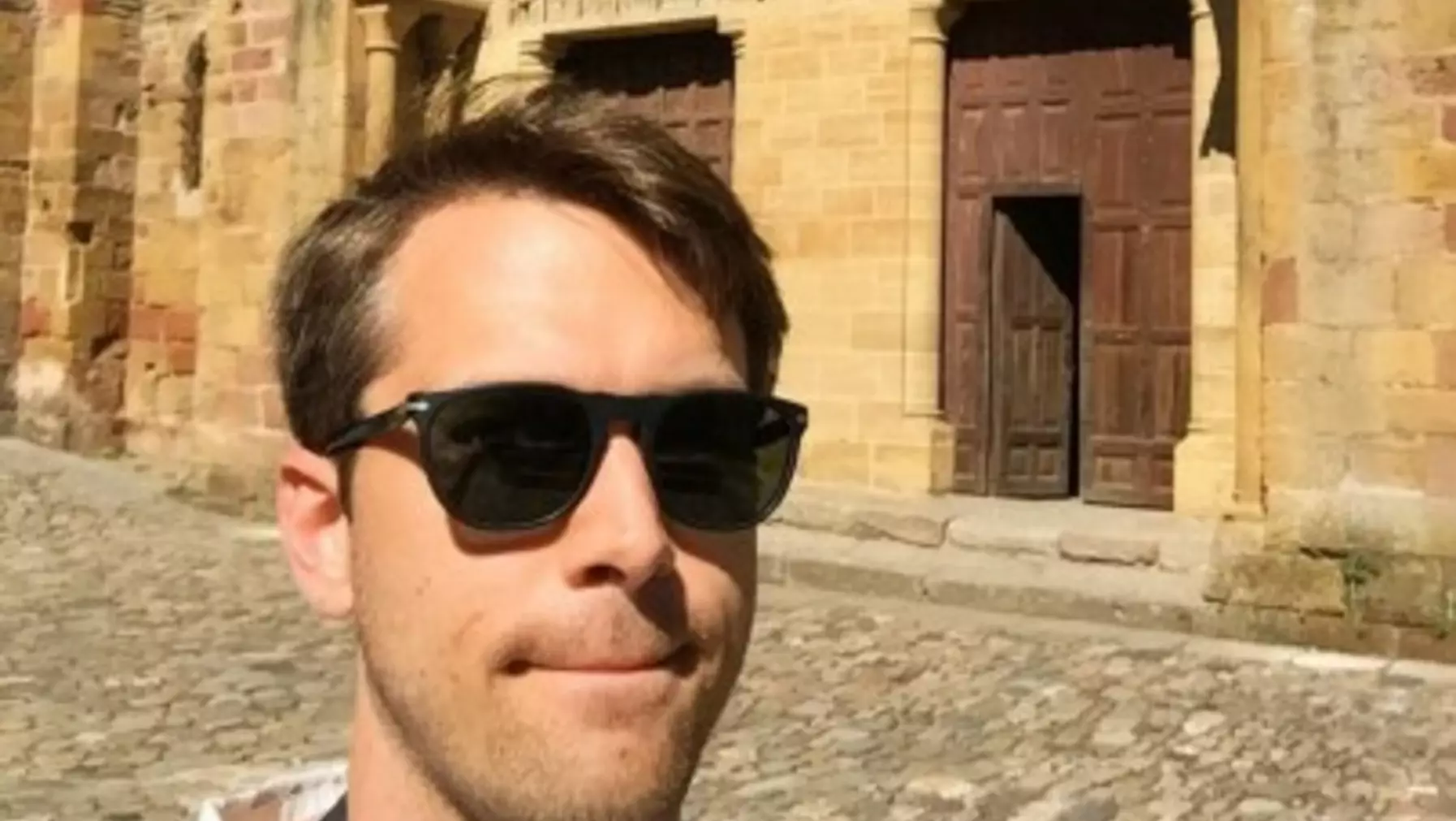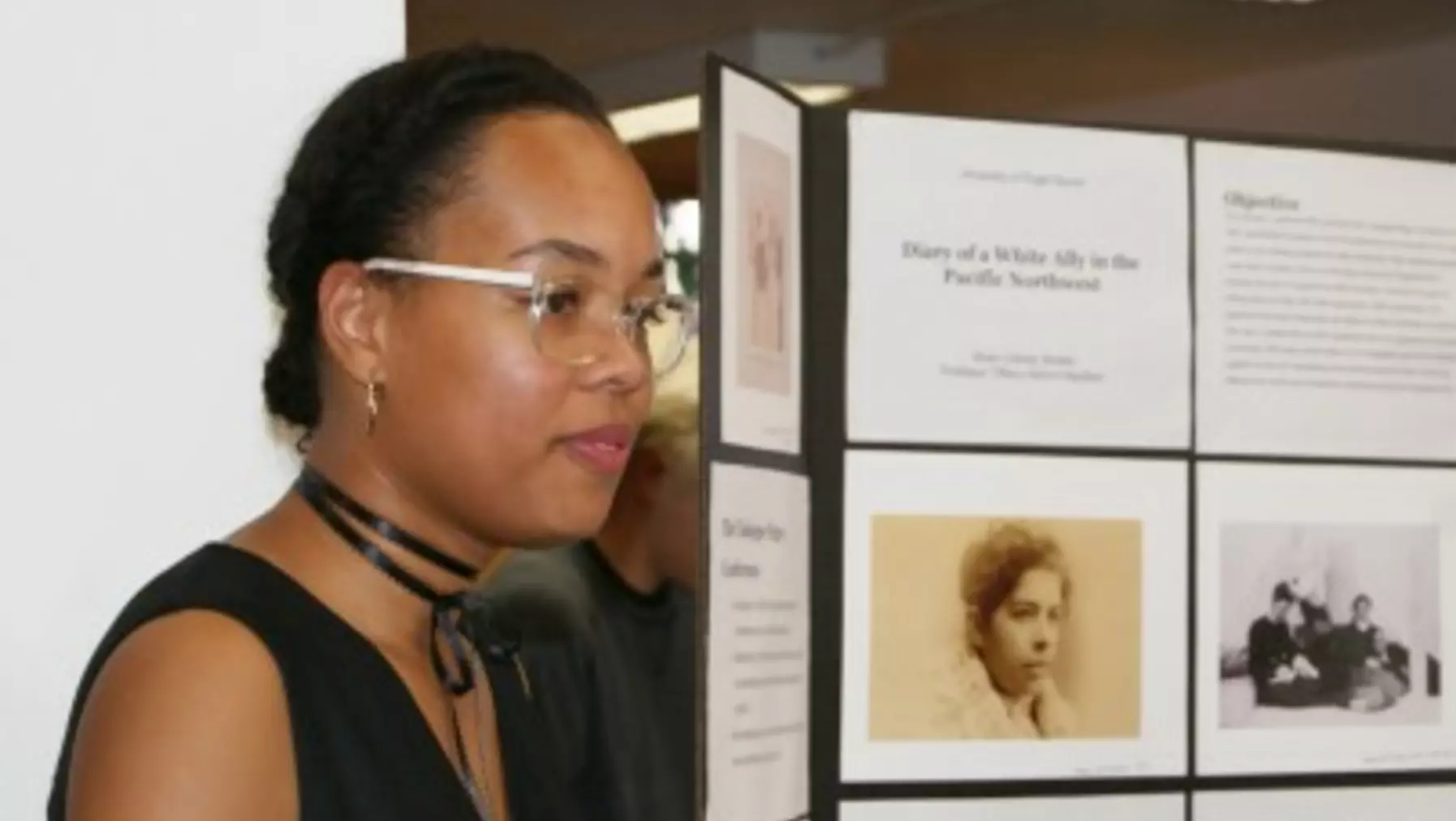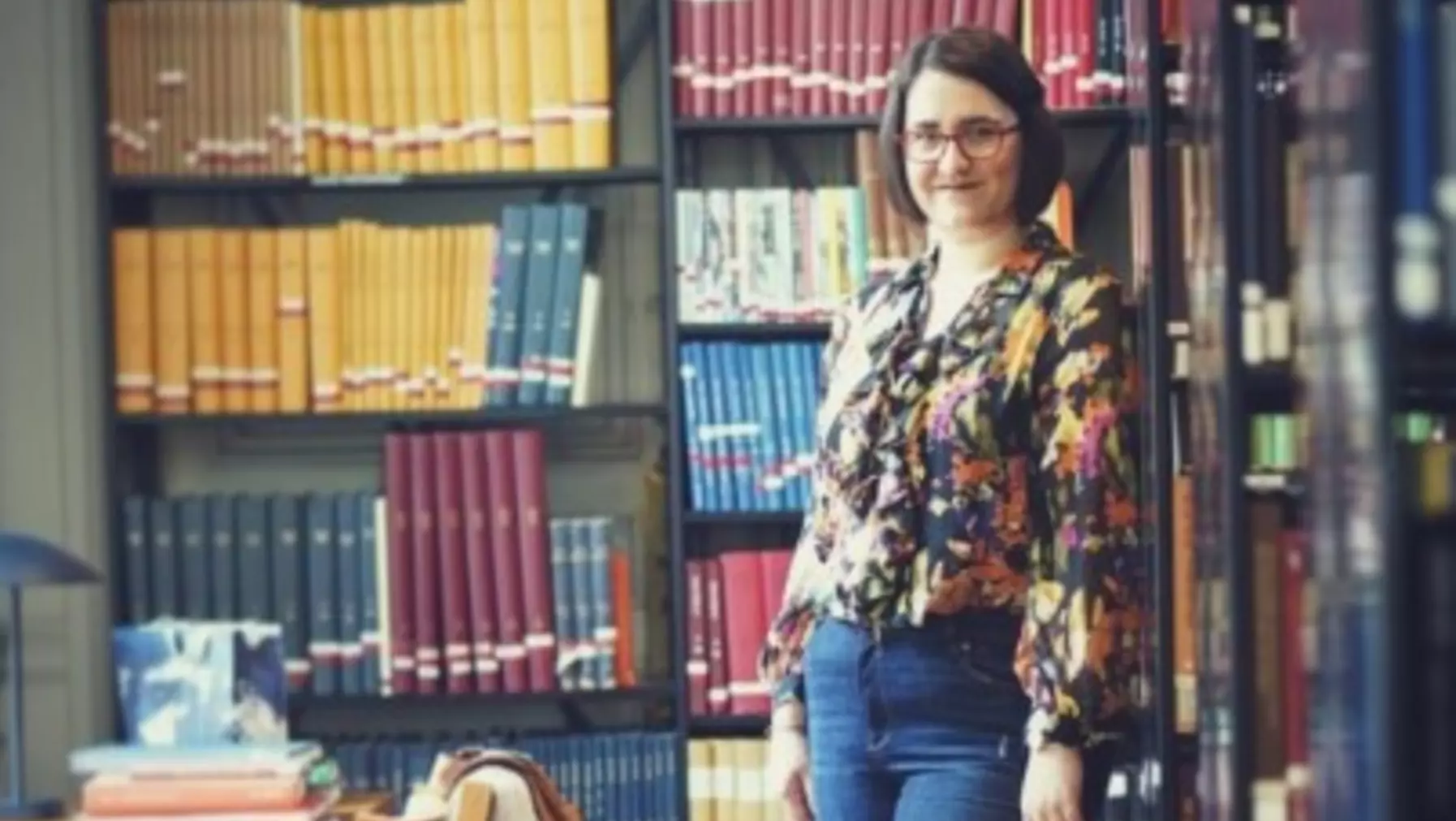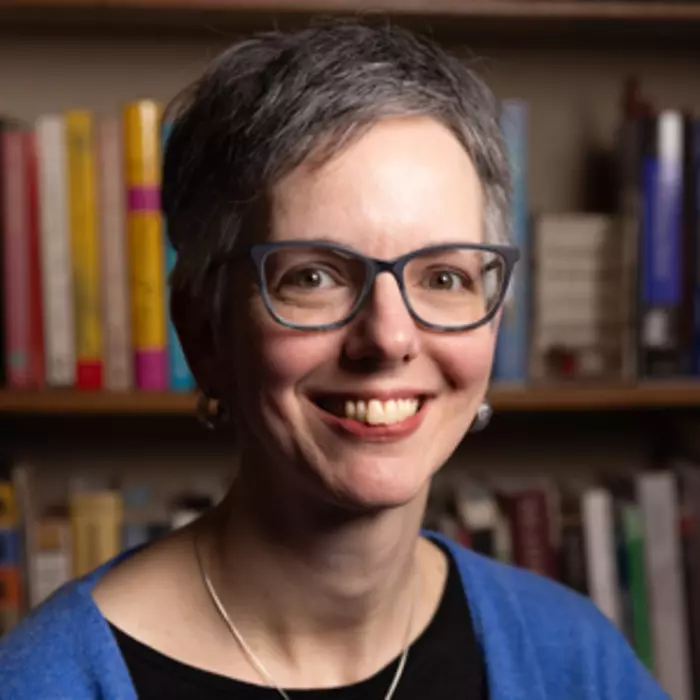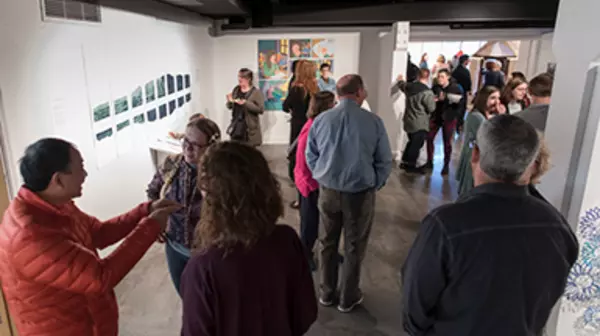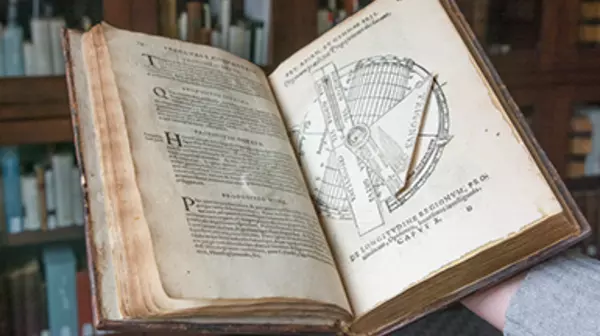What does it mean to be human? This question has long been the basis of inquiry in the humanities, which encompass a wide variety of disciplines at Puget Sound. The Interdisciplinary Humanities Emphasis (IHE) allows students to engage with questions of enduring significance while tackling some of the most pressing issues that confront our society today, including environmental crisis, technological change, systemic racism and xenophobia, the breakdown of civil society and political discourse, war between religions, and changing conceptions of gender and sexualities.
The IHE’s seven innovative pathways are designed to complement any major, and allow students to customize their own academic experiences while simultaneously fulfilling core and graduation requirements. Students who complete the emphasis become strong writers, researchers, and thinkers able to respond thoughtfully and solve problems creatively.
A student who satisfies the requirements within a single pathway is eligible to receive the Interdisciplinary Humanities Emphasis designation on their transcript. This notation signals that the student has, through significant thematic, interdisciplinary study, mastered the skills of critical and creative thinking and of clear and effective writing fostered by the humanities disciplines. These skills form the basis for engaged citizenship and professional success in virtually any career.
The program also offers interdisciplinary courses that are not incorporated into the pathways, but draw on several disciplines to explore a focused topic.

